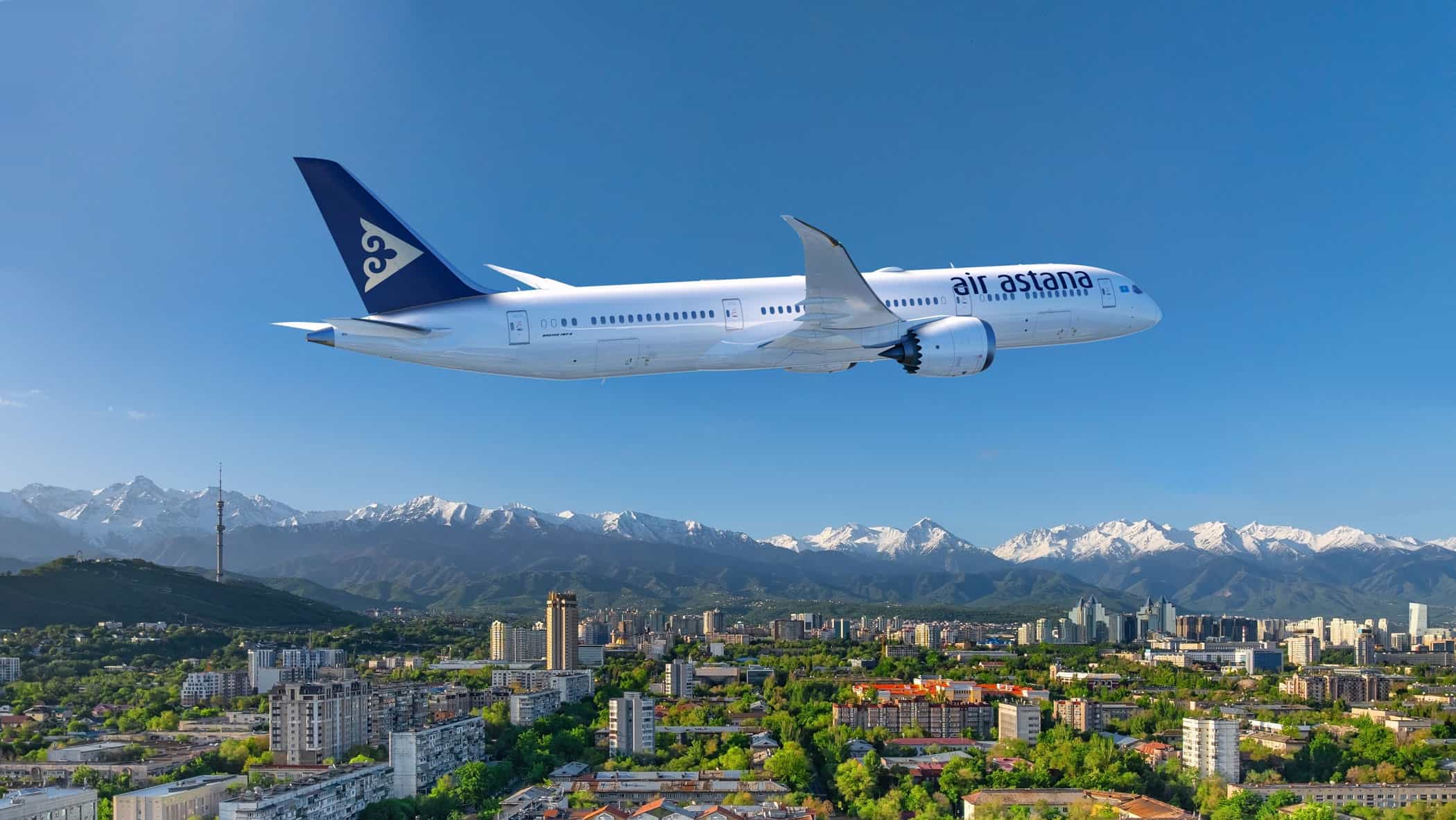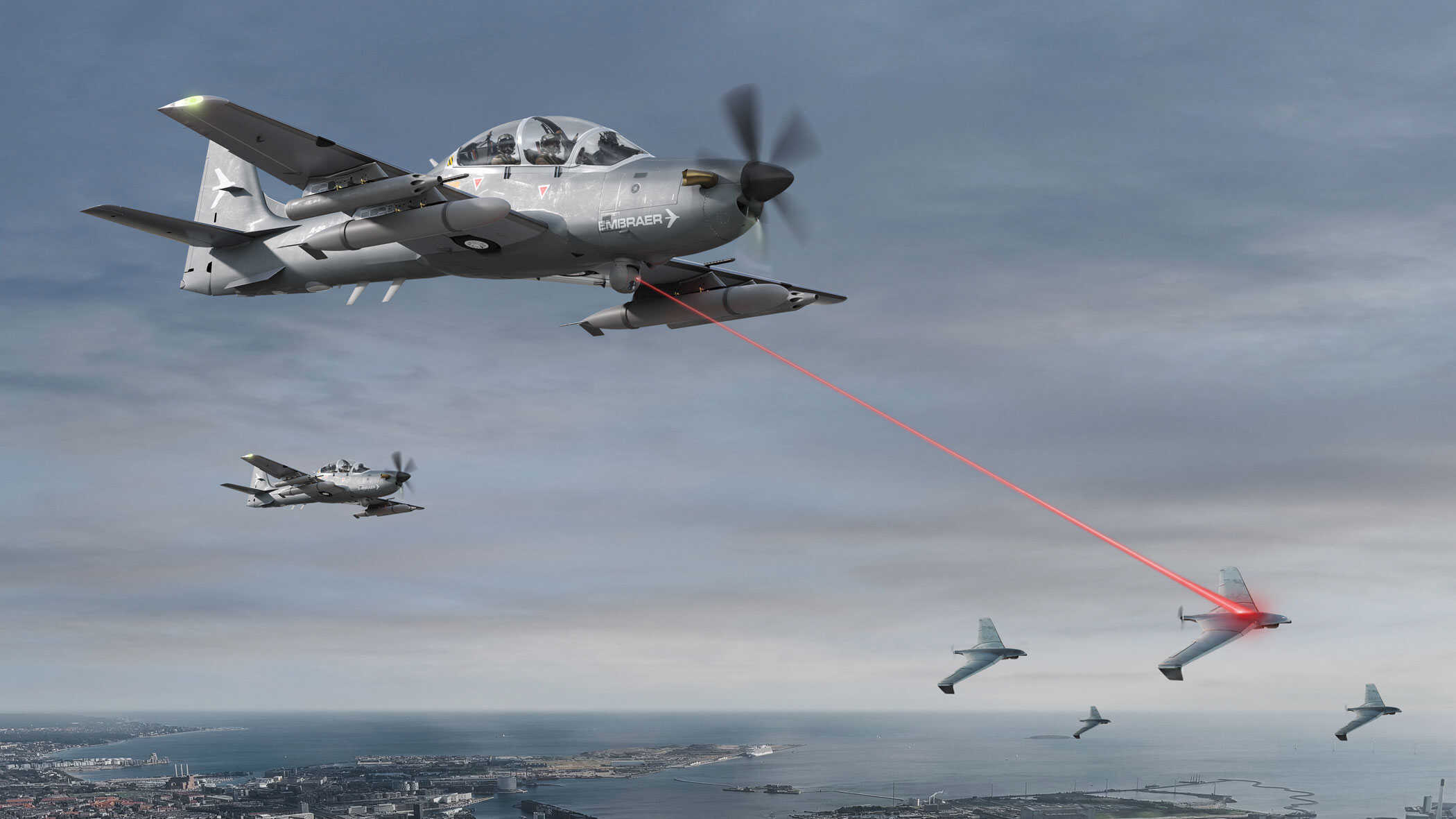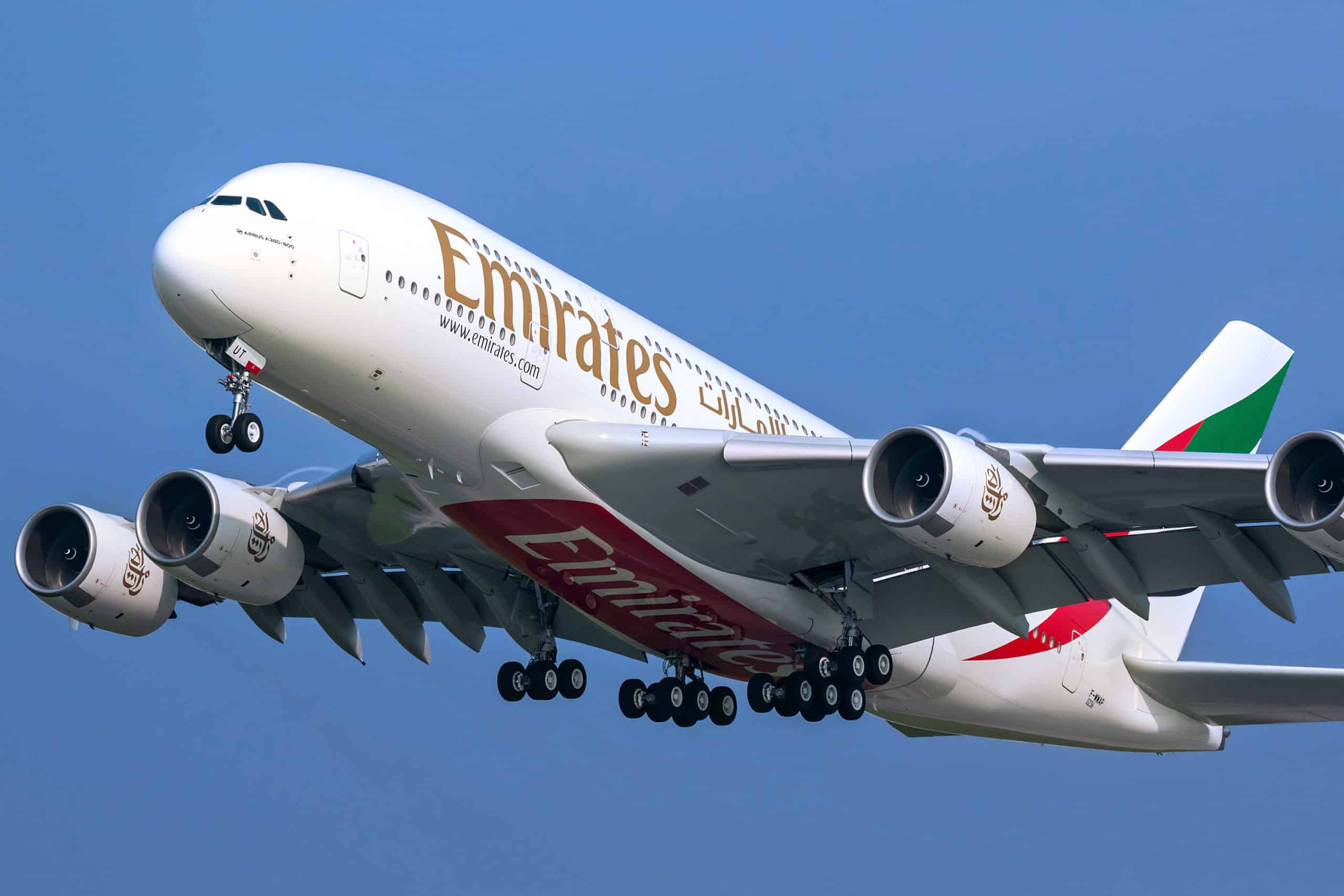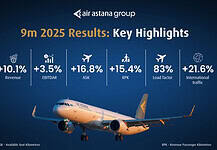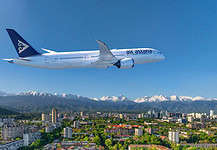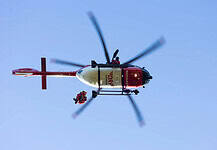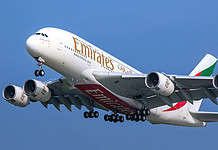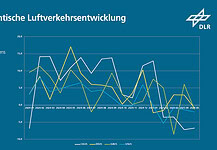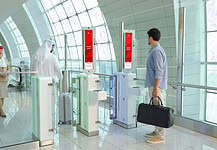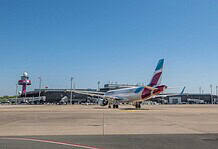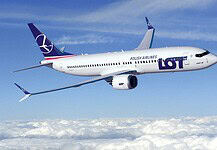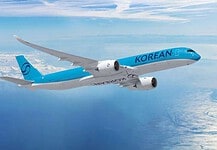This site is also available on:
Deutsch
Airlink, South Africa’s leading full-service airline, has announced a significant step toward modernizing and expanding its fleet. The planned acquisition of 10 new Embraer E195-E2 twin-engine passenger aircraft marks a strategically important development that will deliver significant environmental, economic, and operational benefits.
Historical overview of Southern Africa’s air transport infrastructure
Since its founding, Airlink has played a central role in Southern Africa‘s air transport infrastructure. The airline operates a network of 45 destinations in 15 countries, including far-flung destinations such as St. Helena Island in the South Atlantic and Madagascar. Since 2001, Airlink has successfully operated Embraer aircraft, demonstrating the long-standing partnership and mutual trust between the airline and the Brazilian aircraft manufacturer.
Over the past two decades, Embraer has been a trusted partner for Airlink, providing aircraft optimally tailored to the unique market conditions in Africa. The introduction of the new E195-E2 generation signals the next technological leap, combining efficiency, capacity, and customer comfort under one roof.
Azorra: Details on the fleet expansion
The order includes the lease of 10 Embraer E195-E2 jets through Azorra, a Fort Lauderdale-based leasing, financing, and asset management company. These aircraft feature modern Pratt & Whitney GTF engine technology and offer 124 to 136 seats, depending on the configuration—an average capacity increase of 33% over the E190 models currently in operation.
The rollout is planned for 2024 to 2027, with the aircraft being delivered directly from Embraer’s production facility in Brazil. The high level of operational, maintenance, and training consistency between the existing E-Jets and the new E2 models will allow for efficient integration and minimize transition costs for Airlink.
With this investment, Airlink is strengthening both the capacity and flexibility of its fleet to meet increasing passenger demand on main routes and the development of new routes in sub-Saharan Africa.
Environmental Impact
The Embraer E195-E2 jets offer significant environmental advantages over the previous generation. The aircraft promise up to 29% fuel savings, which not only lowers operating costs but also significantly contributes to reducing CO2 emissions. This is a critical factor given the global challenges posed by climate change and increasing regulation of the aviation industry.
This improvement results from a combination of modern turbine technology, aerodynamic design, and lighter materials. For Airlink, this means more sustainable flight while simultaneously increasing operational safety and punctuality. The airline is also positioning itself as a pioneer in the region in terms of environmental awareness and technological innovation.
Economic advantages of the new Embraer E195-E2 aircraft
In addition to the environmental benefits, the new Embraer E195-E2 aircraft offer significant economic benefits. The increased passenger capacity leads to lower unit costs, making Airlink more competitive, especially on busy routes.
Furthermore, synergies resulting from similar aircraft operation and maintenance will be leveraged to reduce training, spare parts, and operating costs. The partnership with Azorra ensures flexible and low-risk financing, allowing Airlink to optimize its capital commitment.
By expanding and modernizing its fleet, Airlink will also become more attractive to investors and partners, as the company demonstrates its future viability in an increasingly competitive market.
Airlink future prospects
The decision to add the Embraer E195-E2 to its fleet is a strategic move that prepares Airlink for the challenges of the coming decades. With improved range and capacity, the airline is well positioned to expand its network in sub-Saharan Africa.
The investment supports the effort to make aviation in Africa more sustainable, efficient, and customer-centric—combined with the opportunity to open up new markets and routes. Technological modernization will help promote sustainable growth, secure jobs, and strengthen the regional economy.
Conclusion
Airlink’s fleet expansion with the Embraer E195-E2 represents a significant milestone in the development of the African aviation industry. It combines environmental responsibility, economic efficiency, and sustainable growth in an innovative way. Industry professionals can see this as a model project that demonstrates how modern technologies and strategic partnerships can positively shape the future of air transport. With this investment, Airlink secures a leading position and paves the way for new standards in mobility and environmental sustainability in the region.

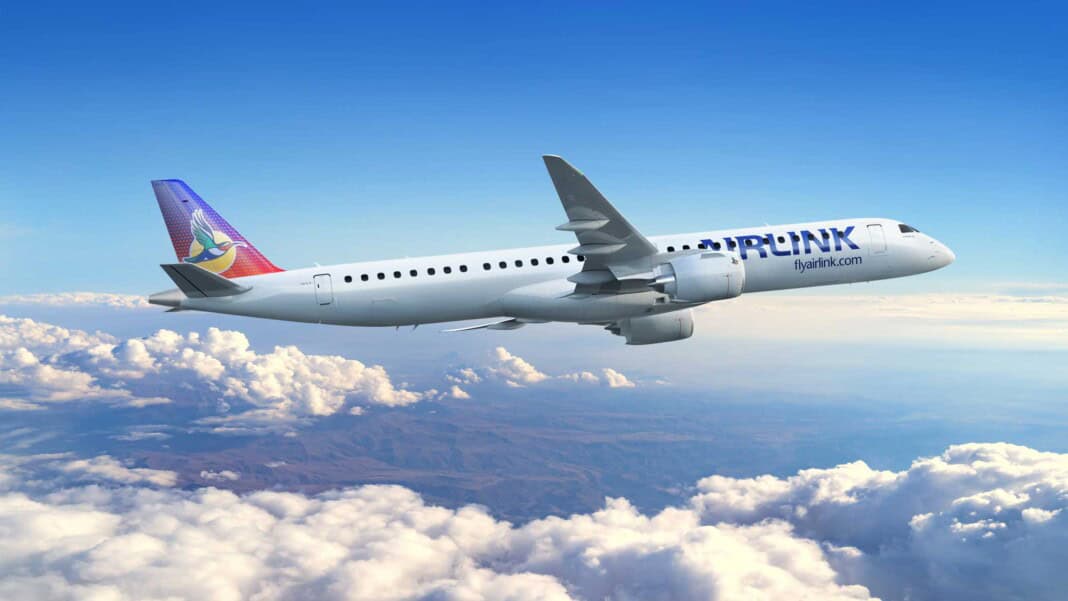
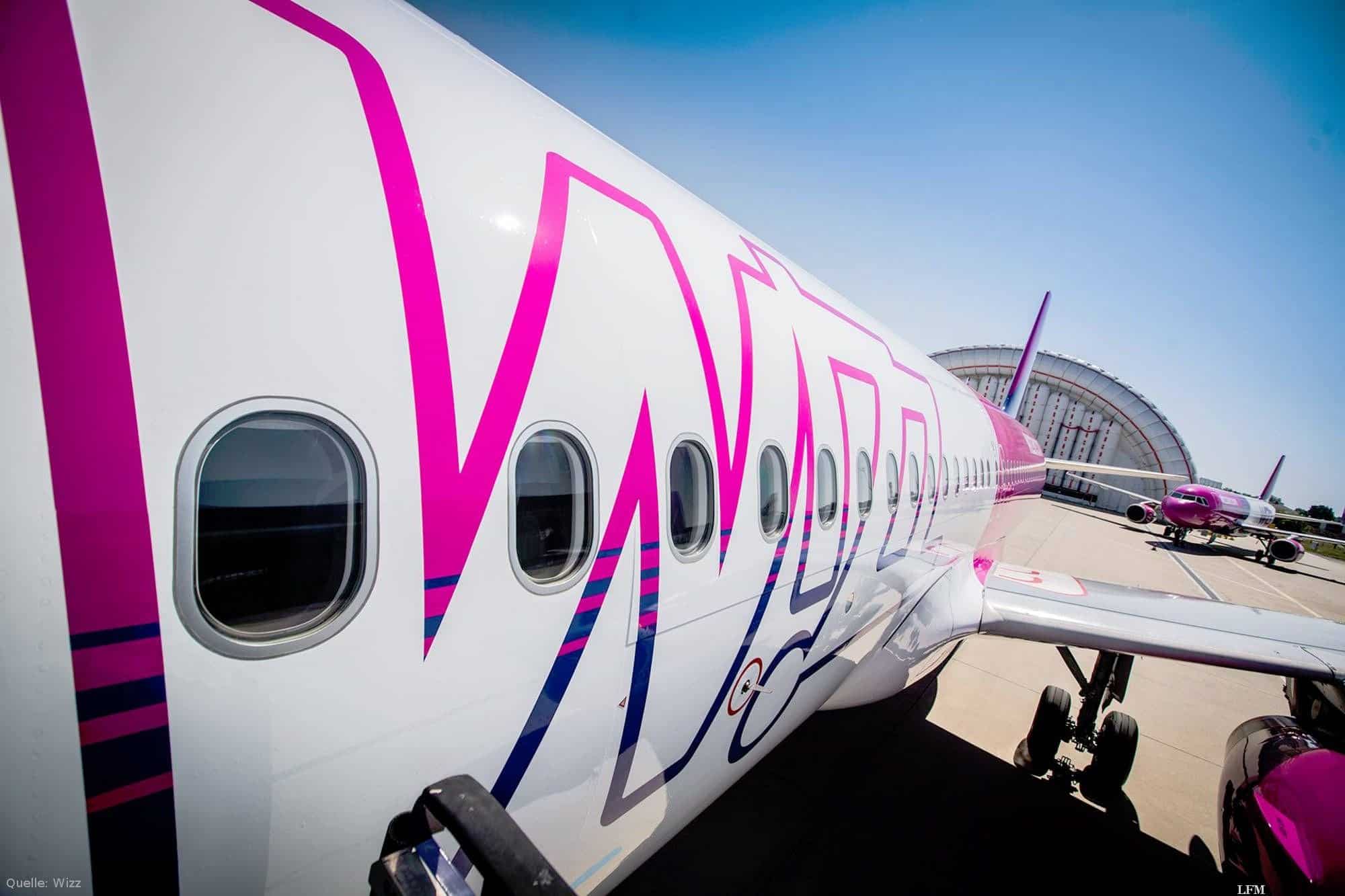 Wizz Air invests 14 billion euros in customer commitment (Wizz Air invests 14 billion euros in customer commitment)
Wizz Air invests 14 billion euros in customer commitment (Wizz Air invests 14 billion euros in customer commitment)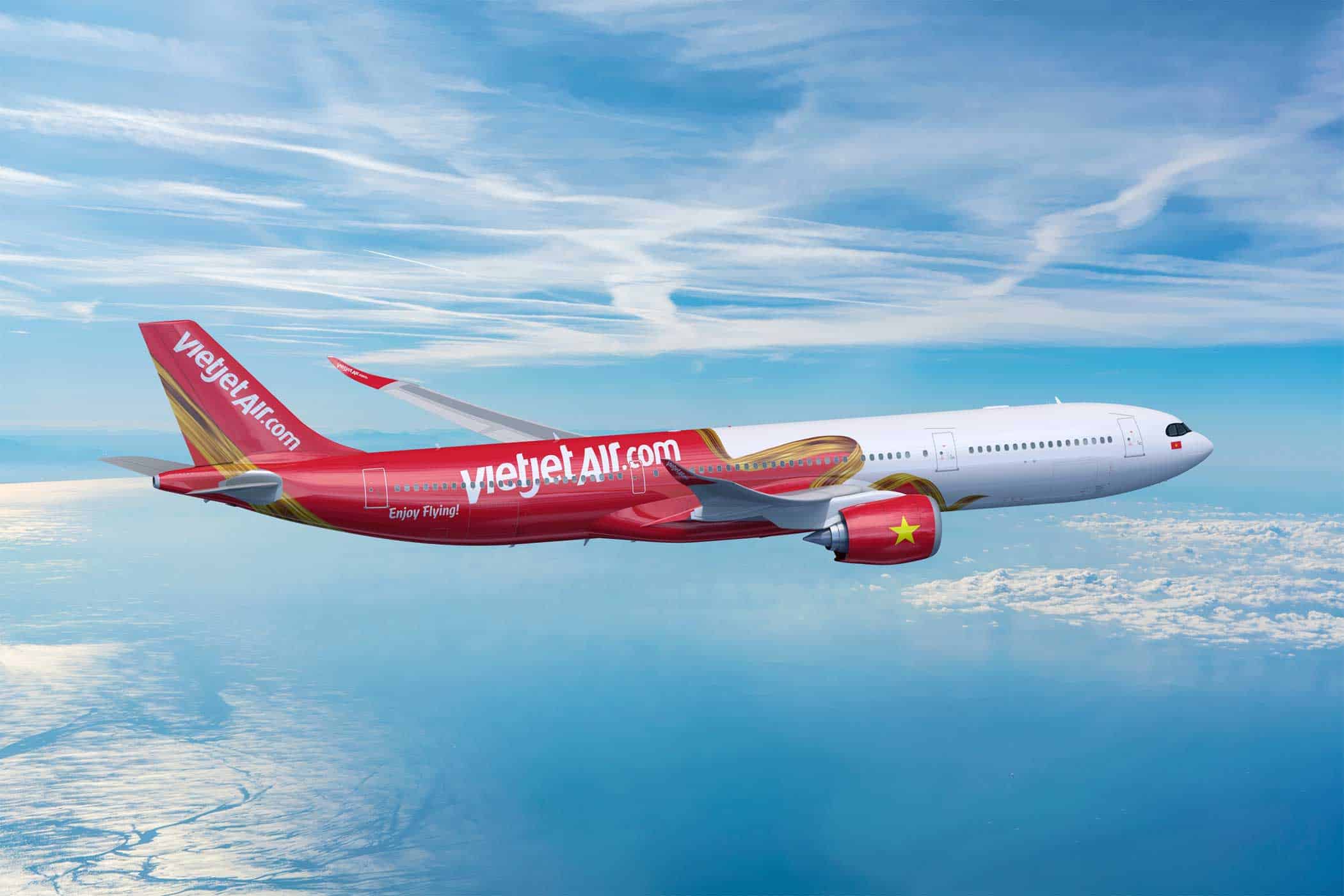 Vietjet orders additional Airbus A330neo wide-body aircraft (Vietjet orders additional Airbus A330neo wide-body aircraft)
Vietjet orders additional Airbus A330neo wide-body aircraft (Vietjet orders additional Airbus A330neo wide-body aircraft)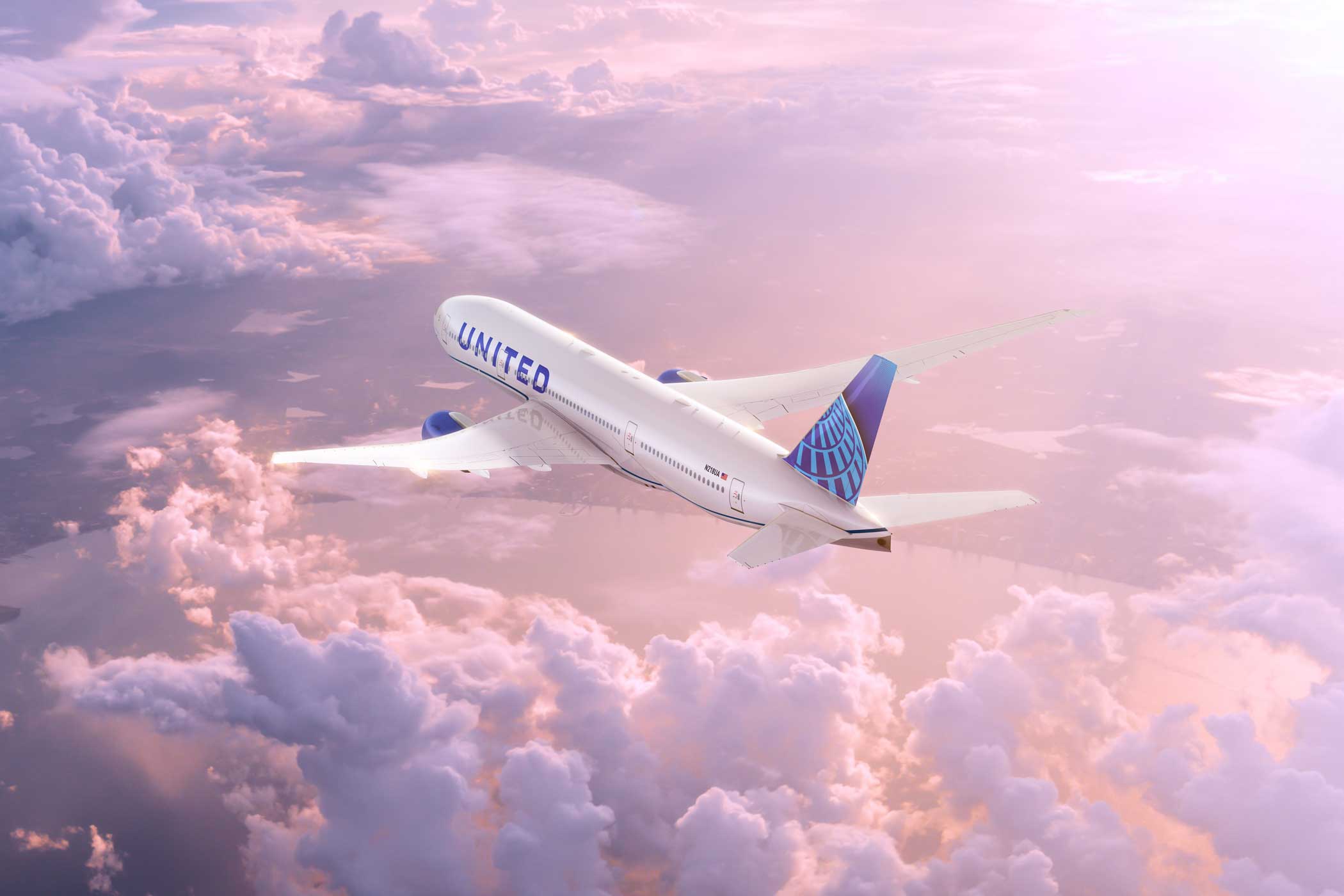 United Airlines sets passenger record (United Airlines sets passenger record)
United Airlines sets passenger record (United Airlines sets passenger record)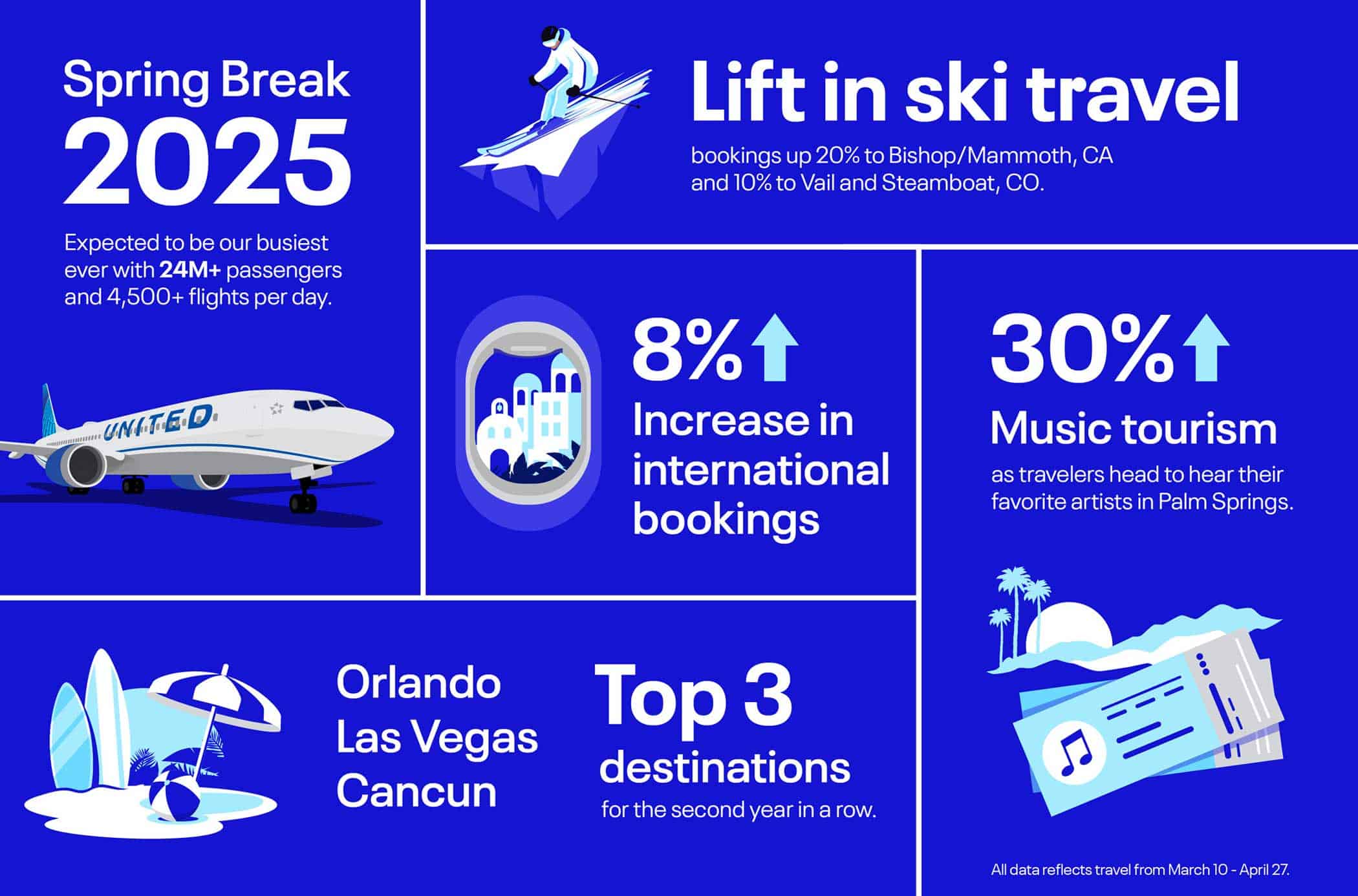 United Airlines records new booking record (United Airlines records new booking record)
United Airlines records new booking record (United Airlines records new booking record)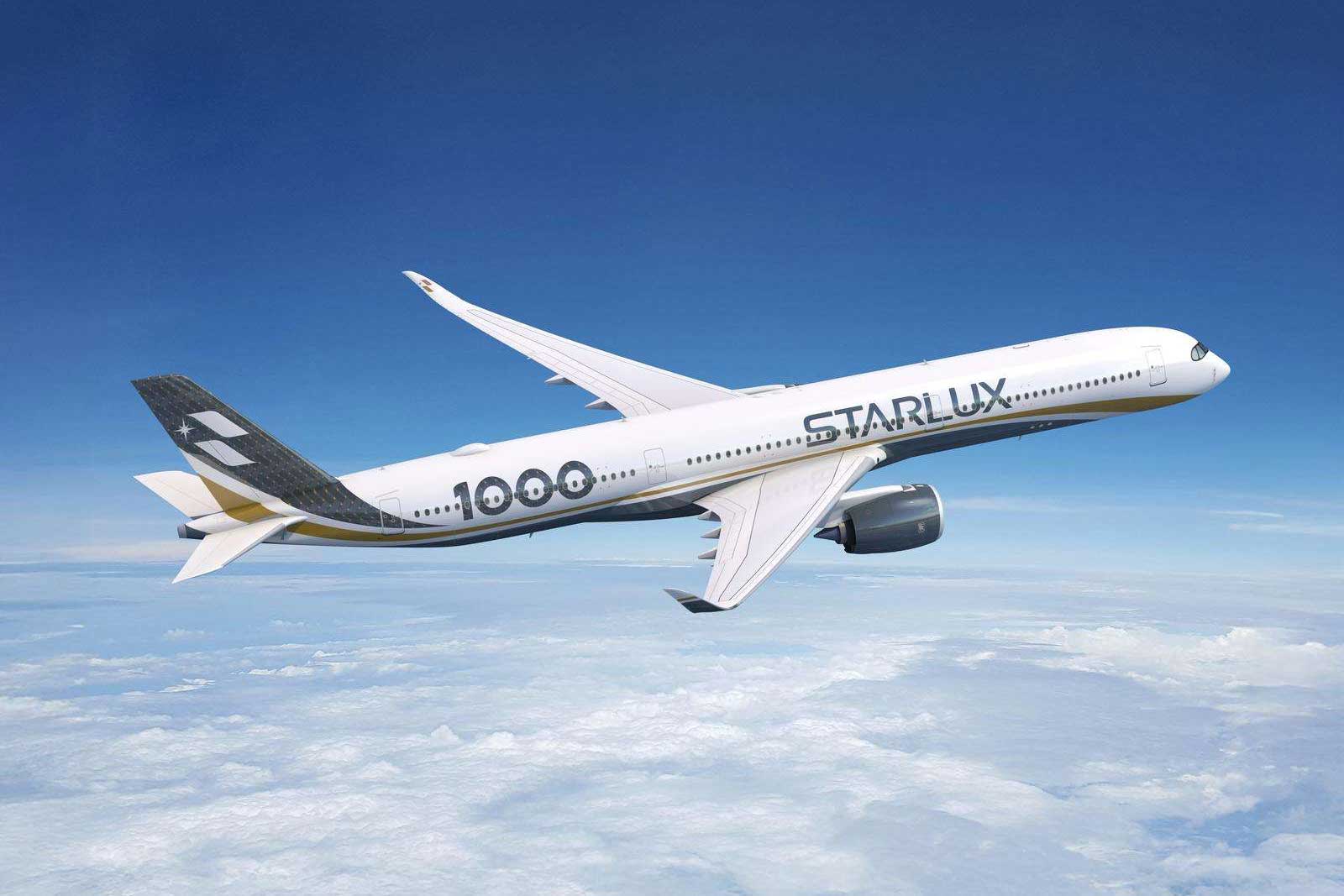 STARLUX Airlines orders A350-1000 for sustainable long-haul flights (STARLUX Airlines orders A350-1000 for sustainable long-haul flights)
STARLUX Airlines orders A350-1000 for sustainable long-haul flights (STARLUX Airlines orders A350-1000 for sustainable long-haul flights) Riyadh Air and the Airbus A350-1000: A new era for Saudi Arabia’s aviation (Riyadh Air and the Airbus A350-1000: A new era for Saudi Arabia’s aviation)
Riyadh Air and the Airbus A350-1000: A new era for Saudi Arabia’s aviation (Riyadh Air and the Airbus A350-1000: A new era for Saudi Arabia’s aviation)
